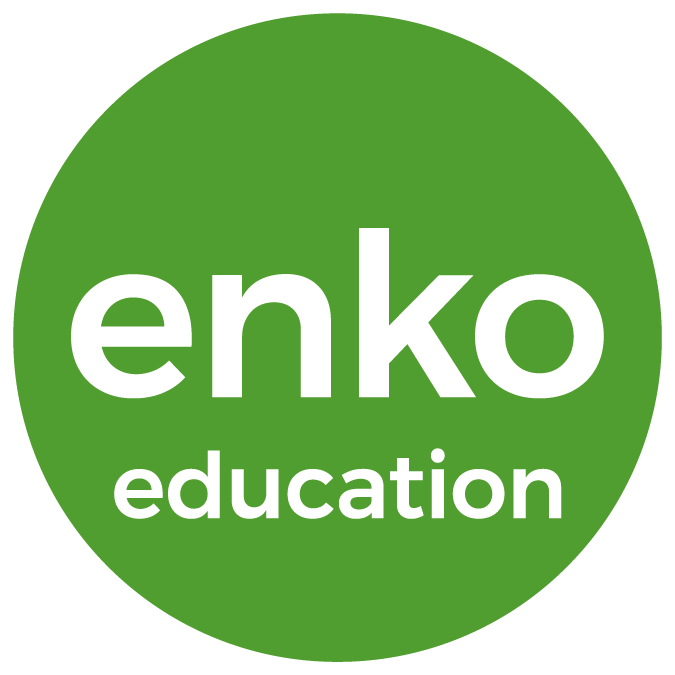Unlocking the potential of the private sector to improve education
Significant progress has been achieved in the education sphere since the World Education Forum in Dakar in 2000. In ten years, the number of children attending primary school in the world’s developing countries has risen – by more than 40 million in low- and medium-income countries. This progress has steadily spread into secondary and higher education, too. Yet wider access to education has often been attained at the cost of quality.
Overcrowded classrooms, ageing infrastructures, a lack of qualified teaching staff and insufficient teaching materials are the day-to-day reality for many schools in developing countries. My country Nigeria presents an example of all these challenges. These mixed results are further compounded by wide disparities in access to education depending on gender and social background, as well as persistent low levels of participation in secondary and higher education.
Massive investment in education systems is vital in order to overcome these challenges. In low- and medium-income countries, the basic education funding deficit is estimated at US$ 38 billion. Over the last decade governments have devoted substantial financial resources to improving their education systems. In sub-Saharan Africa, education is one of the main budgetary items, accounting for nearly 20% of public expenditure. Yet this funding remains inadequate to meet the education needs of a young and fast-growing population. Please Read More At: https://www.proparco.fr/webdav/site/proparco/shared/PORTAILS/Secteur_prive_developpement/PDF/SPD20/Proparco_PSD_20_UK.pdf



